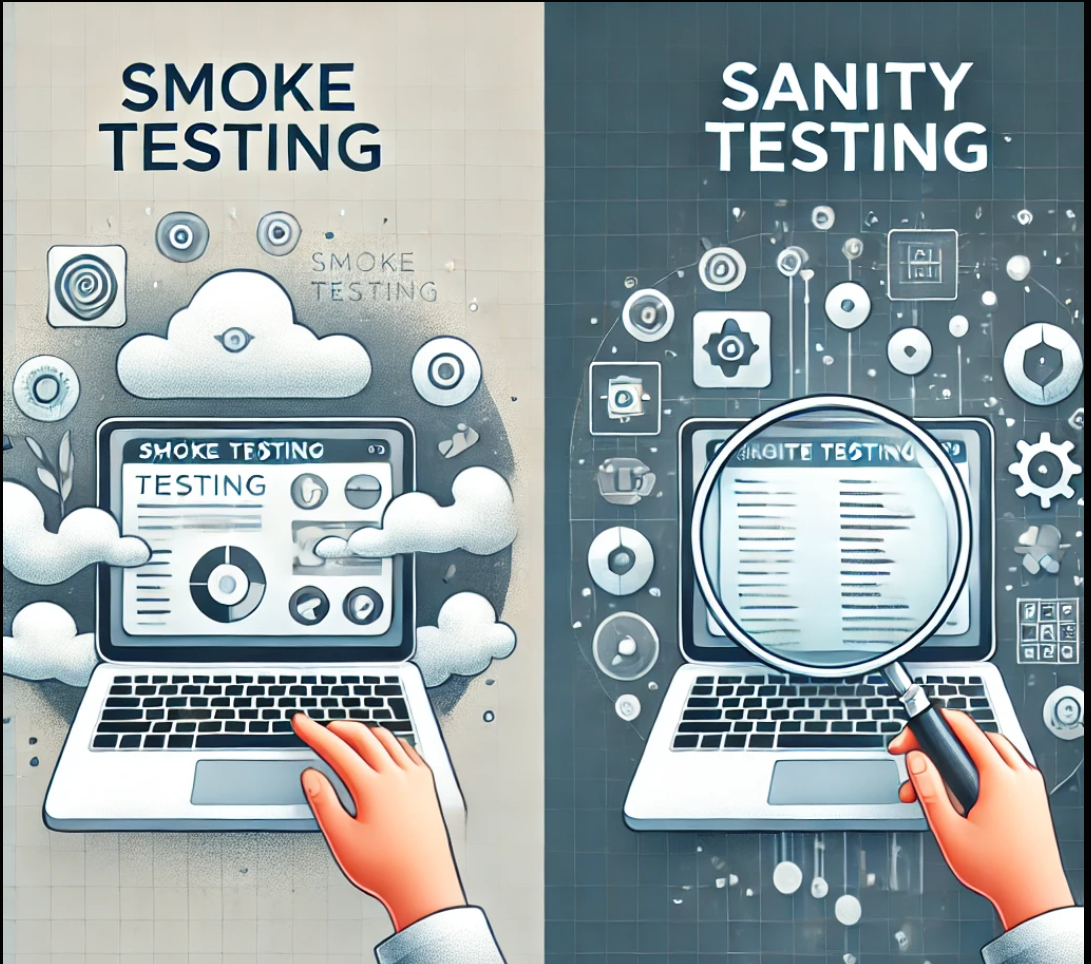
Manual testing is a process in software development where testers manually execute test cases without using any automated tools. It’s one of the oldest and most basic forms of software testing, ensuring that a software application behaves as expected. This type of testing is crucial in the software development process, especially for detecting bugs or issues that automated tests might miss
Why is Manual Testing Important?
In today’s fast-paced tech world, automation testing is popular, but manual testing still holds a key place. Here are a few reasons why:
- Human Insight: Manual testers use their judgment to explore and test applications. They can spot issues that automated tests might overlook, such as user experience problems or visual errors.
- Flexibility: Some areas of software are tricky or expensive to automate. In such cases, manual testing is a better option because it offers flexibility in exploring different parts of the application.
- Cost-Effective for Small Projects: For smaller projects or when a feature is still evolving, manual testing can be more cost-effective and quicker than setting up automation.
How Does Manual Testing Work?
In manual testing, the tester plays the role of the user. They follow a series of steps or “test cases” to check if the application works as expected. Here’s a step-by-step breakdown:
- Understanding Requirements: First, the tester reads the software requirements or specifications. This helps them know what the software is supposed to do.
- Creating Test Cases: Based on the requirements, the tester creates “test cases,” which are detailed steps to follow to check a particular part of the software. Each test case will have input data, actions, and expected results.
- Executing Tests: The tester manually executes these test cases by interacting with the software. For example, they might click buttons, enter data into fields, or navigate through screens.
- Logging Defects: If something doesn’t work as expected (a bug or defect), the tester logs it in a bug tracking tool, providing details of what went wrong and how to reproduce the issue.
- Re-testing and Regression Testing: After the developers fix the bug, the tester will run the test again to make sure the issue is resolved. They may also run additional tests (called regression testing) to ensure that the new fix didn’t break any other part of the software.
Types of Manual Testing
Manual testing comes in many forms, depending on the goal:
- Functional Testing: This checks if the software functions correctly according to the requirements.
- Usability Testing: The tester checks if the software is easy to use and if the design is user-friendly.
- Regression Testing: This ensures that new code changes haven’t introduced new bugs into previously working functionality.
- Exploratory Testing: The tester actively explores the software without a predefined set of test cases to find unexpected issues.
- Smoke and Sanity Testing: These are quick tests to make sure that the most basic functions of the software are working.
Challenges of Manual Testing
While manual testing is highly effective, it comes with its challenges:
- Time-Consuming: Manual testing can take longer than automated testing, especially for large or complex projects.
- Repetitive Tasks: Some tests need to be repeated many times during development, which can become tiring and prone to human error.
- Limited by Human Speed: Humans can’t test as fast or as broadly as automated scripts can, especially for tasks like performance or load testing.
When Should You Use Manual Testing?
Manual testing is ideal for:
- Exploratory and Ad-hoc Testing: When you need human intuition to find subtle issues.
- Usability Testing: To assess the user experience, which requires human judgment.
- Small Projects or Frequently Changing Features: For small projects or when features are still evolving, manual testing is often more efficient than setting up and maintaining automated tests.
I hope you found this article helpful in understanding the basics of manual testing. If you have any questions or feedback, feel free to share them in the comments! Happy testing! 🙂

